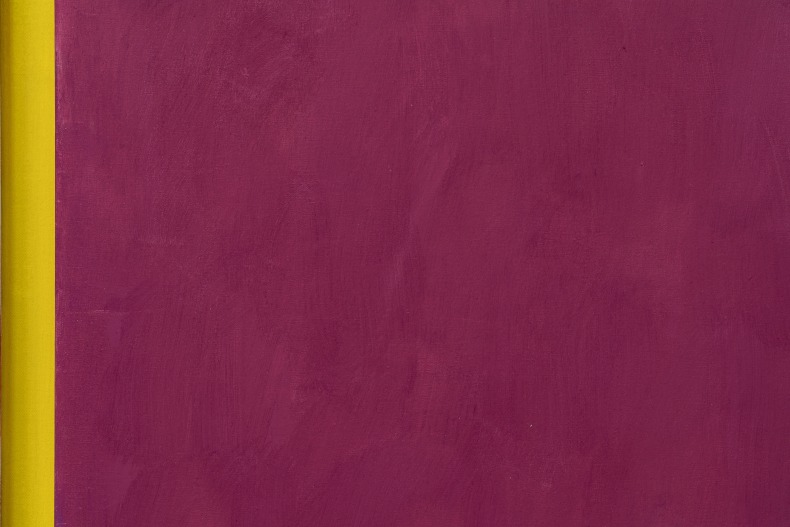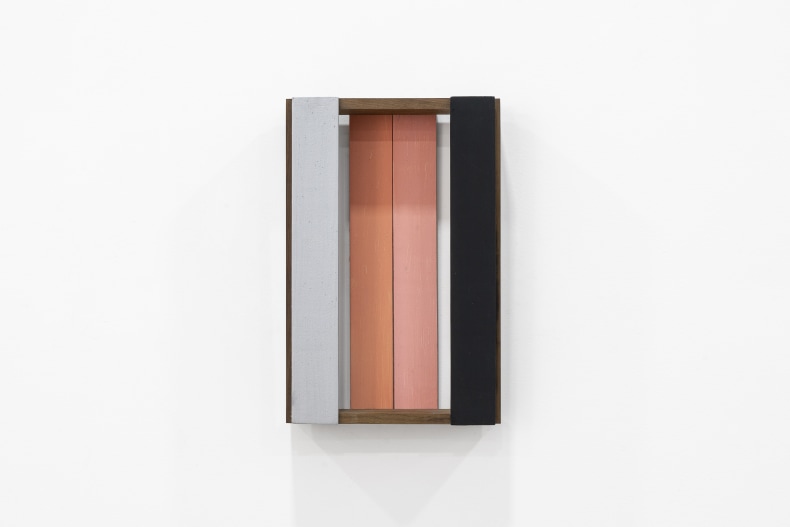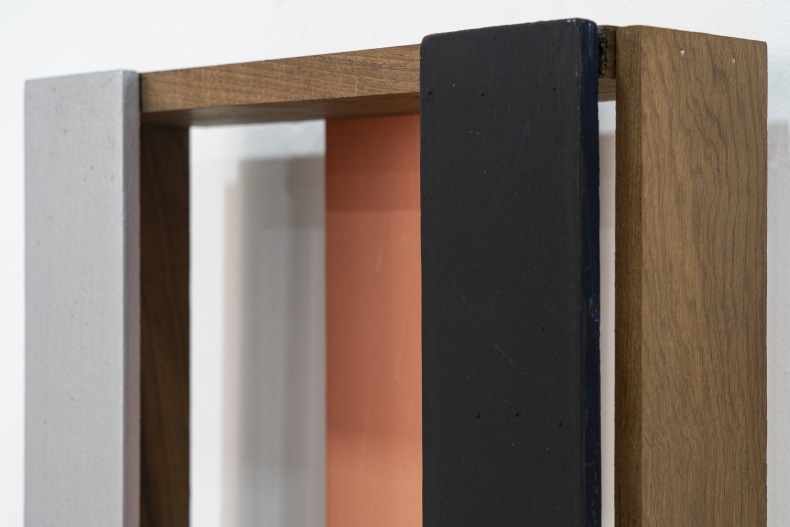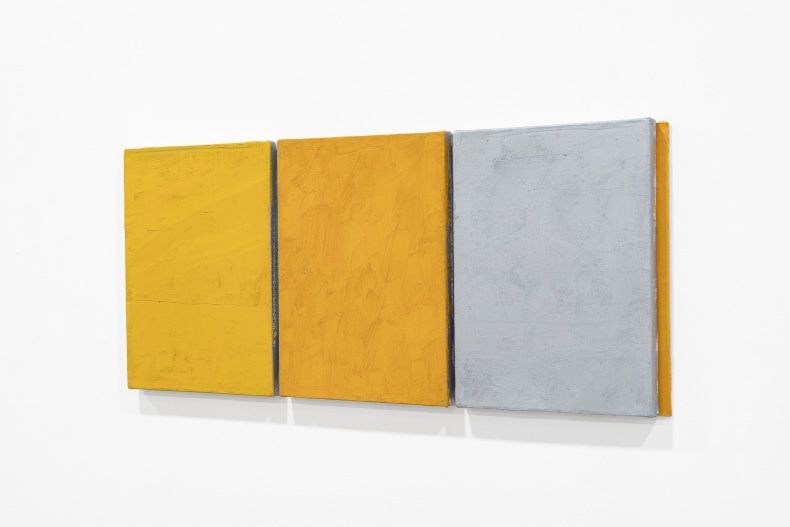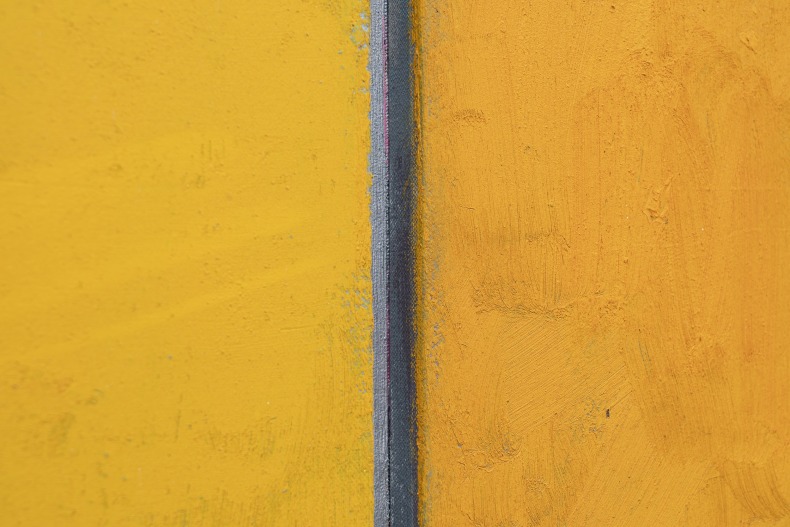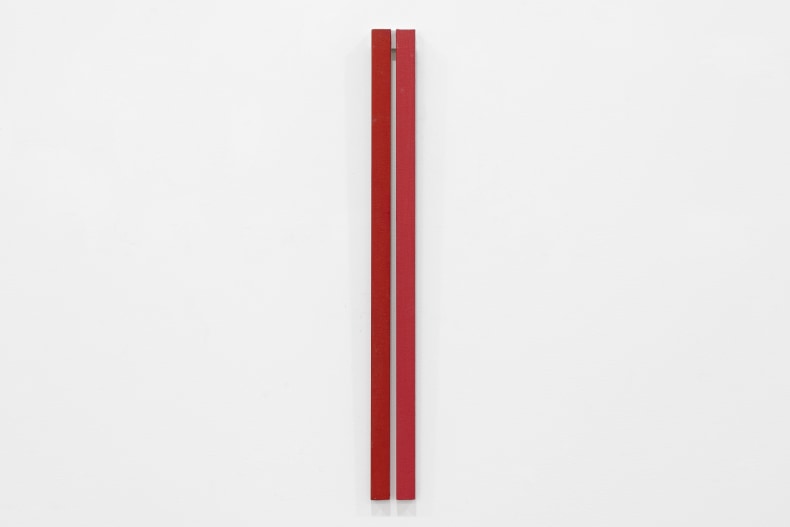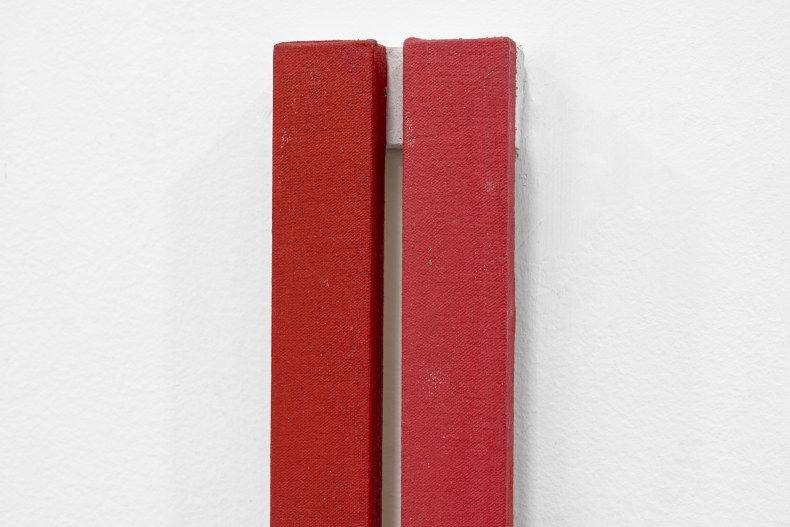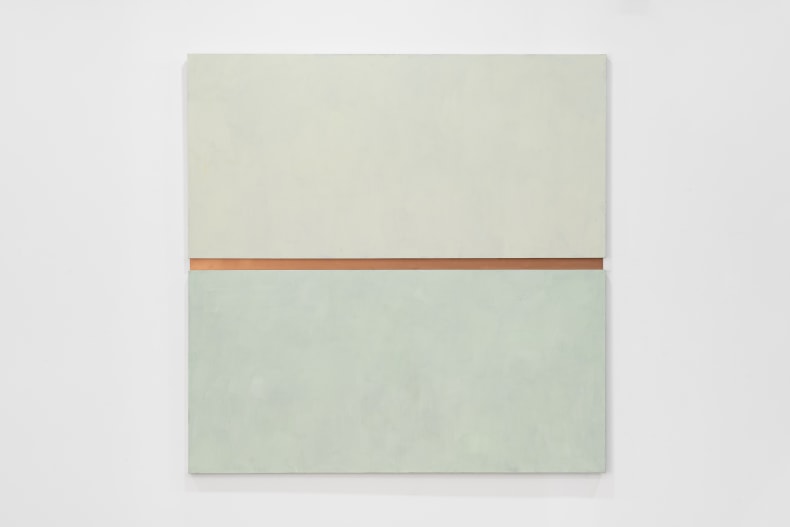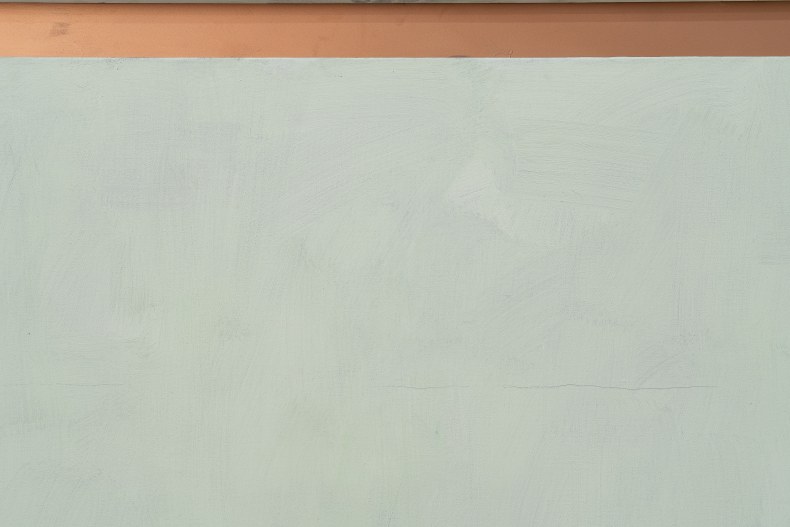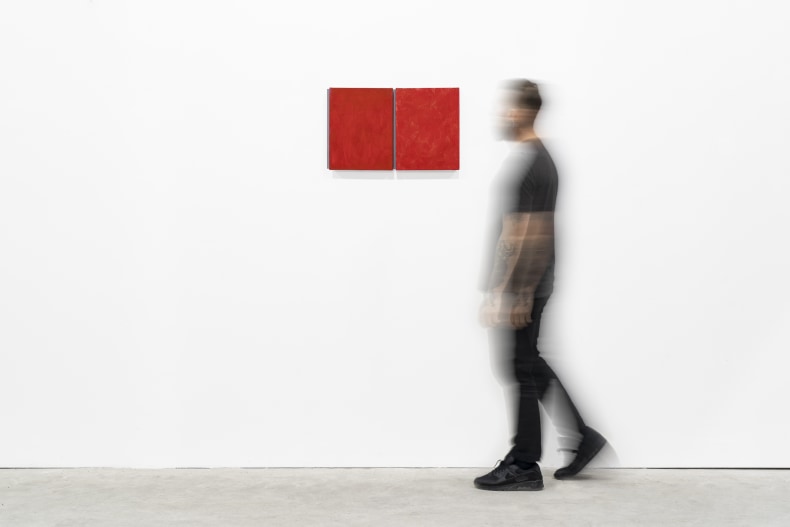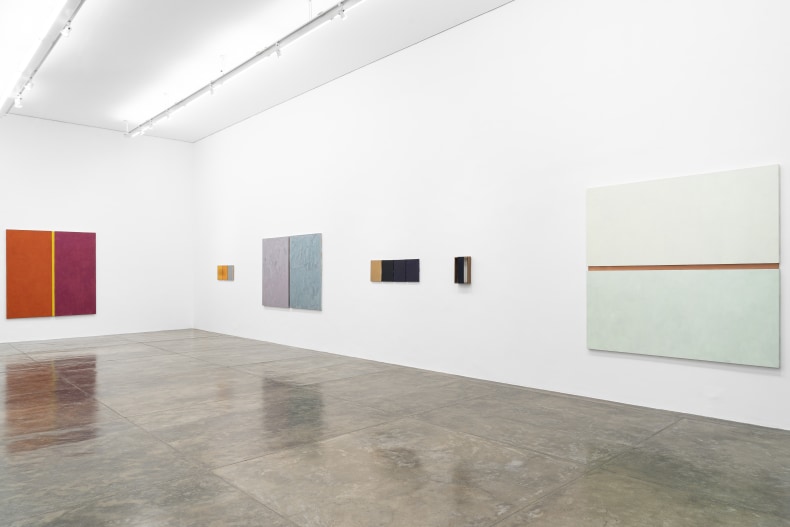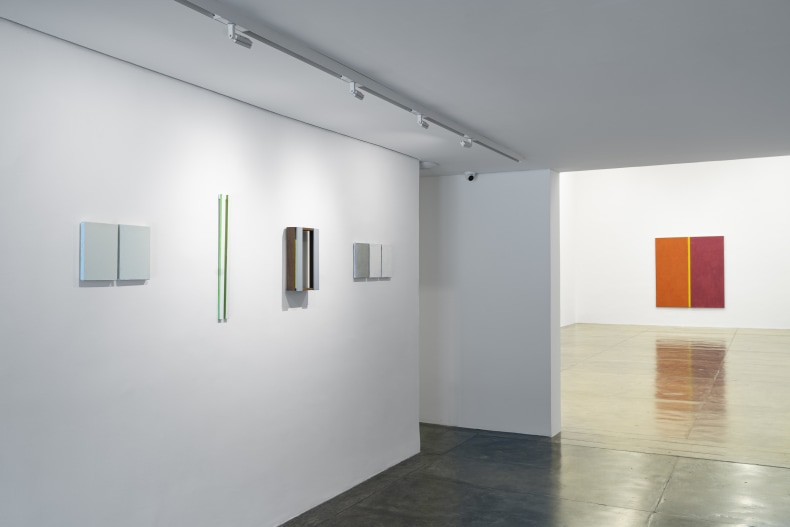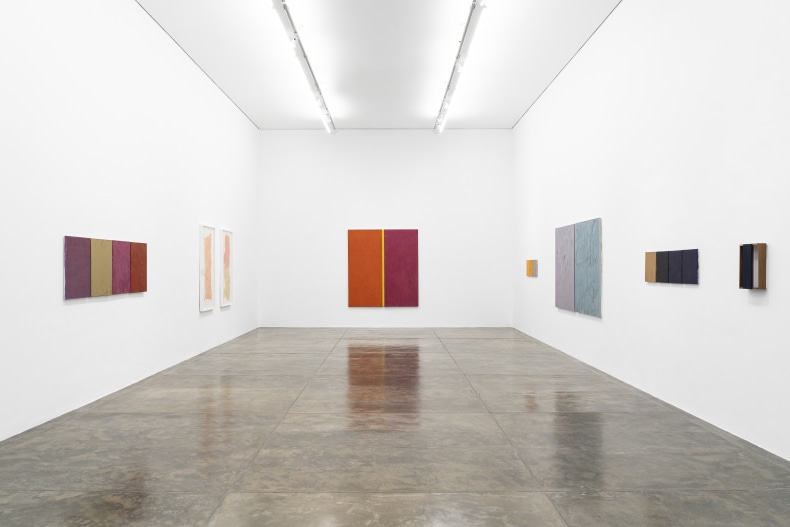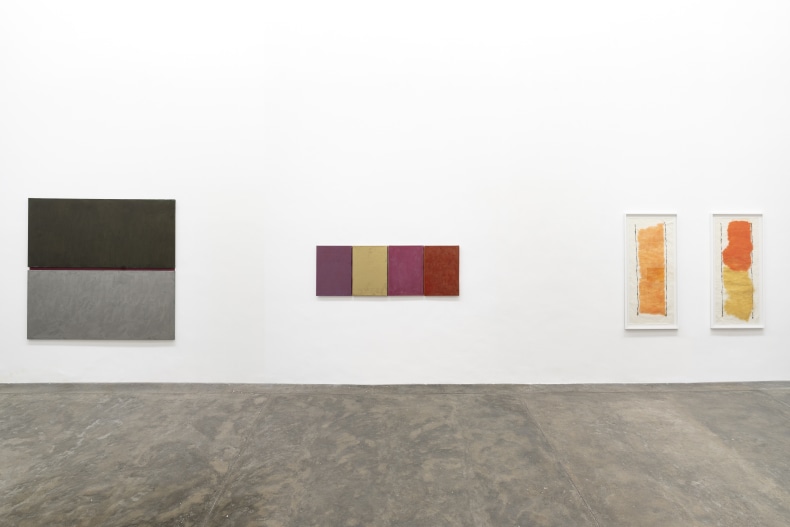Nara Roesler São Paulo is pleased to present Painting between Cracks and Cavities, a solo exhibition by Sérgio Sister, showcasing three different series of works developed by the artist over the past decades, including paintings such as Pontaletes, Ripas, and Caixas (Pilings, Slats, and Boxes). The exhibition is accompanied by an essay by Felipe Scovino.
Sister began his career in the 1960s, a period marked by significant political turbulence in Brazil with the rise of the Military Dictatorship. His early work was strongly influenced by Pop Art and the New Figuration. Engaged in the student movement, he was arrested and tortured, producing a significant body of work while in prison. After his release, he resumed his artistic career in the early 1980s, coinciding with a resurgence of painting both in Brazil and globally. Since then, his practice has focused on the fundamental elements of painting, such as color and surface, and their relationship with space.
In this exhibition, the paintings on canvas consist of diptychs and polyptychs of distinct colors joined together by metal plates, which are themselves often painted in other colors, creating narrow intervals between the canvases. As described by critic Felipe Scovino: "These pieces demand a modular construction, yet also possess autonomy." While Sister reaffirms the monochrome of each canvas and its flatness, he creates a sort of "break" through these intervals, embracing a sense of three-dimensionality.
Another significant body of work featured in the exhibition is the Caixas (Boxes) series, in which the artist creates structures that resemble wooden boxes used for transporting and storing fruits and vegetables in street markets and supermarkets, painting the strips in different colors. This three-dimensional approach allows for an interaction between the shades, expanding the realm of painting to encompass found objects. The exhibition includes works from the Ripas (Slats) series, which further the investigation of color and three-dimensionality, as well as engage in a dialogue with prominent names from Brazilian art history such as Willys de Castro, along with three paintings made on kozo paper, made from rice fiber, which the artist has used since the late 1980s. Noteworthy for its rarity, kozo paper also stands out for its great flexibility and durability. The works in this series possess a more organic character than his earlier works, showing greater freedom and less geometric rigor.

